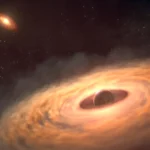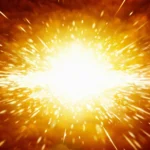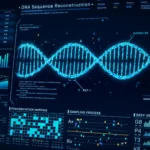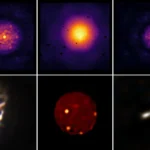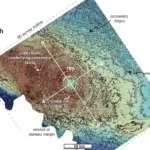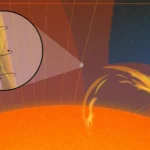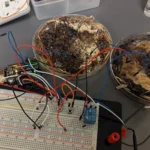Detecting dark matter, the invisible substance thought to keep galaxies intact, remains one of the most enduring mysteries in physics. Although it cannot be directly observed or touched, researchers suspect that dark matter leaves behind faint traces. These subtle signals might be detectable using advanced quantum technologies that can sense extremely small disturbances.
A team at Tohoku University has proposed a new strategy to make quantum sensors more powerful by linking them together in carefully designed networks. These sensors rely on the principles of quantum physics to measure minute fluctuations that ordinary instruments would miss. By connecting them in optimized patterns, the researchers believe it may be possible to detect the elusive fingerprints of dark matter with unprecedented precision.
Superconducting Qubits Become Cosmic Detectors
The research centers on superconducting qubits, tiny electronic circuits kept at extremely low temperatures. These qubits are typically used in quantum computers, but in this case they act as ultrasensitive detectors. The concept is similar to teamwork — while a single sensor might struggle to pick up a weak signal, a coordinated network of qubits can amplify and identify it far more effectively.
To test this concept, the team experimented with several types of network structures, including ring, line, star, and fully connected configurations. They built systems using four and nine qubits and then applied variational quantum metrology (a technique that works much like training a machine-learning algorithm) to fine-tune how quantum states were prepared and measured. To further improve accuracy, they used Bayesian estimation to reduce noise, similar to sharpening a blurred photograph.
Strong Results Show Real-World Potential
The optimized networks consistently outperformed conventional approaches, even when realistic noise was added. This result suggests that the method could already be implemented on existing quantum devices.
“Our goal was to figure out how to organize and fine-tune quantum sensors so they can detect dark matter more reliably,” explained Dr. Le Bin Ho, the study’s lead author. “The network structure plays a key role in enhancing sensitivity, and we’ve shown it can be done using relatively simple circuits.”
Beyond the hunt for dark matter, these quantum sensor networks could drive major advances in technology. Potential applications include quantum radar, gravitational wave detection, and highly accurate timekeeping. In the future, the same approach could help improve GPS precision, enhance MRI brain scans, and even reveal hidden underground structures.
“This research shows that carefully designed quantum networks can push the boundaries of what is possible in precision measurement,” Dr. Ho added. “It opens the door to using quantum sensors not just in laboratories, but in real-world tools that require extreme sensitivity.”
Next Steps for Quantum Research
Looking ahead, the Tohoku University team plans to expand this method to larger sensor networks and develop techniques to make them more resilient against noise.
Their findings were published in Physical Review D on October 1, 2025.
Stars; Dark Matter; Cosmic Rays; Astrophysics; Detectors; Physics; Technology; Quantum Physics
